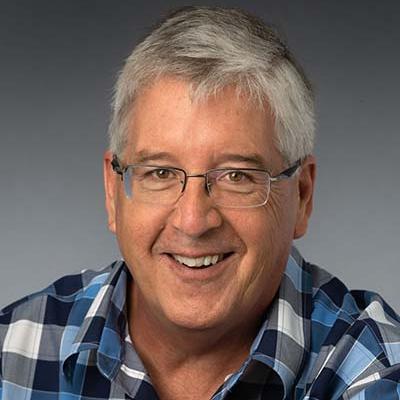IEEFA U.S.: Throwing good money after bad, Washington gives $116 million handout to coal carbon-capture backers
Word that the U.S. Department of Energy is doling out more than $100 million to support five experimental carbon capture projects sends a clear signal on how out of step the agency is and how the coal industry remains a robust lobbying force despite its fading role in the U.S. electric sector.
The DOE, as bureaucratic a monster as any arm of federal government, announced on Friday that it would be spending tax dollars on long-shot carbon capture and sequestration (CCS) projects in Illinois, Mississippi, New Mexico, North Dakota, and Wyoming,
Carbon capture proponents continually refuse to put their own money on the line
This is Washington at its worst, overly influenced by special interests working behind the scenes—in this case to extract taxpayer dollars at the behest of carbon capture proponents that continually refuse to put their own money on the line.
All five of the awards announced Friday would be to pay for development of ideas having to do with capturing carbon dioxide from coal-fired power plants and storing it underground.
All have three common core flaws:
- None involve putting any significant amount of private money at risk, which suggests that investors don’t believe in these projects and that they will never amount to more than government boondoggles.
- None are based on workable business models, which is to say that in all likelihood they will cost far more to design and build than they will ever return.
- None protect taxpayers or electricity ratepayers, who will be first in the line of fire when the bills come due for these experiments if they are allowed to go forward.
THEY ALSO IGNORE THE FAR MORE SENSIBLE SOLUTION OF SIMPLY CEASING TO PRODUCE THIS CARBON DIOXIDE ALTOGETHER around a market-driven synchronicity that is playing out already and that costs nothing.
IEEFA research on recent trends in U.S. electricity generation for the first two months of 2020, for example, shows that something on the order of 50 million tons of carbon dioxide were eliminated just by declines in coal generation (join our webinar tomorrow that gets into the details of this trend). Even if the increase in gas-fired generation is factored in, the overall decline in carbon emissions is still significant, and is gaining momentum, as can be seen by relative increases in renewables and nuclear in the first two months of this year, both carbon-free sources.
The experiments in question and the DOE handouts by dollar amounts are as follows:
- The Illinois Storage Corridor, to store emissions from the Prairie State Energy Campus ($25.4 million), which already produces some of the most expensive electricity in the country.
- A retrofit of the San Juan Generating Station ($21.9 million), which is slated for retirement and around which a small novice company is promoting the unlikely possibility that the aging plant can remain viable by piping its carbon dioxide to the faraway Permian Basin for enhanced oil recovery, an especially bizarre notion given the collapse in the oil industry.
- A carbon dioxide storage complex for the Kemper County Energy Facility ($23.6 million) that would add to the Mississippi plant’s already astronomical costs and would require an interstate pipeline for which there is no rational economic case.
- A carbon dioxide underground injection experiment for the Milton R. Young coal plant ($25.9 million) in North Dakota, where utility-scale wind farms are fast replacing coal-fired power.
- A similar trial project at Dry Fork Station ($19.1 million) in Wyoming, which is owned by Basin Electric Power Cooperative, whose executives have shown few signs of market-change awareness.
The time of coal-fired generation is passing, and giving a declining industry more money is a poor choice of public investment. Taxpayer dollars can and should be spent in ways that support a more sustainable and profitable future instead.
Related items:
Upcoming IEEFA webinar: U.S. Coal Outlook 2020 (April 28 at 1:00 p.m.)
IEEFA report: Indiana electric utility customers could pay $128 million more through 2026












